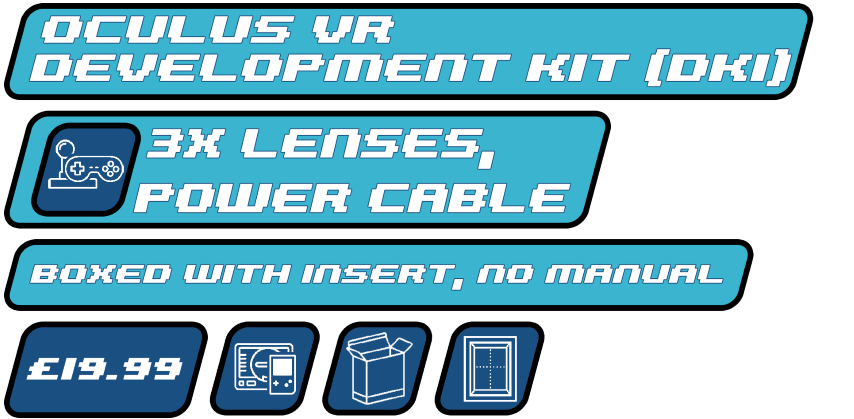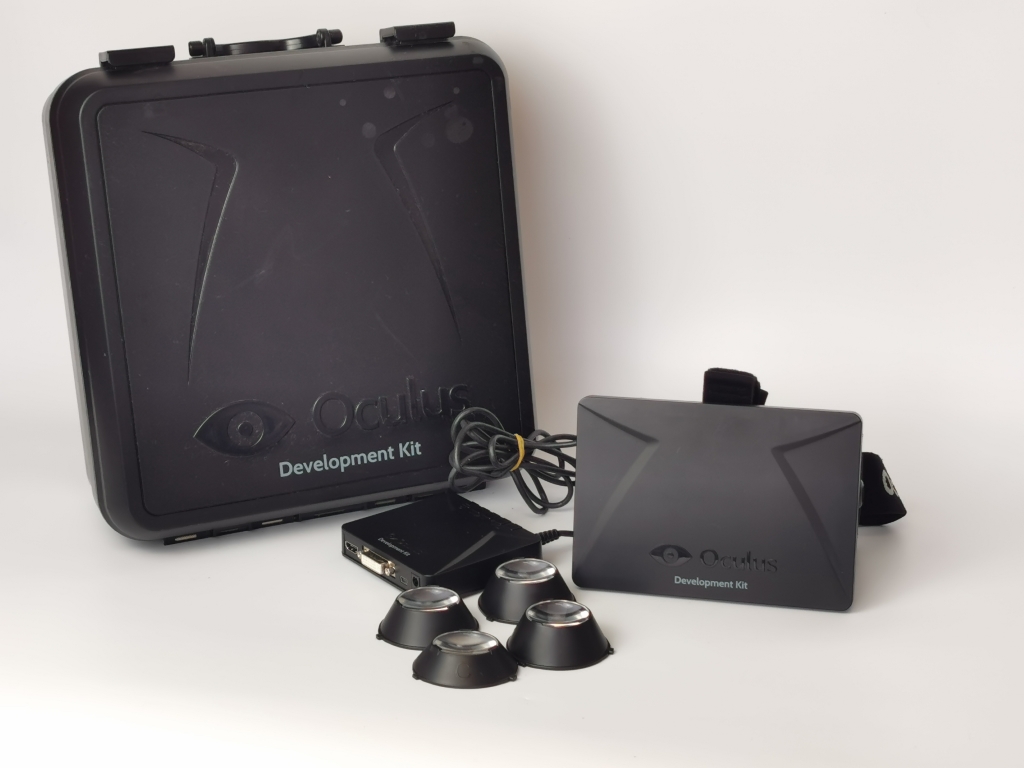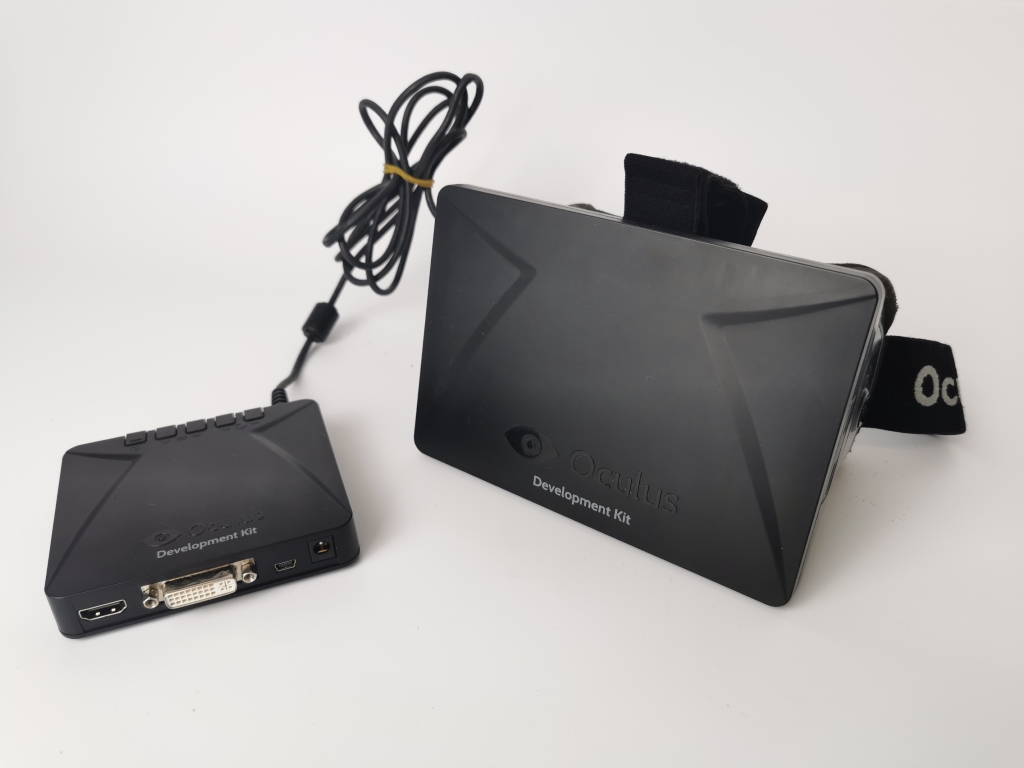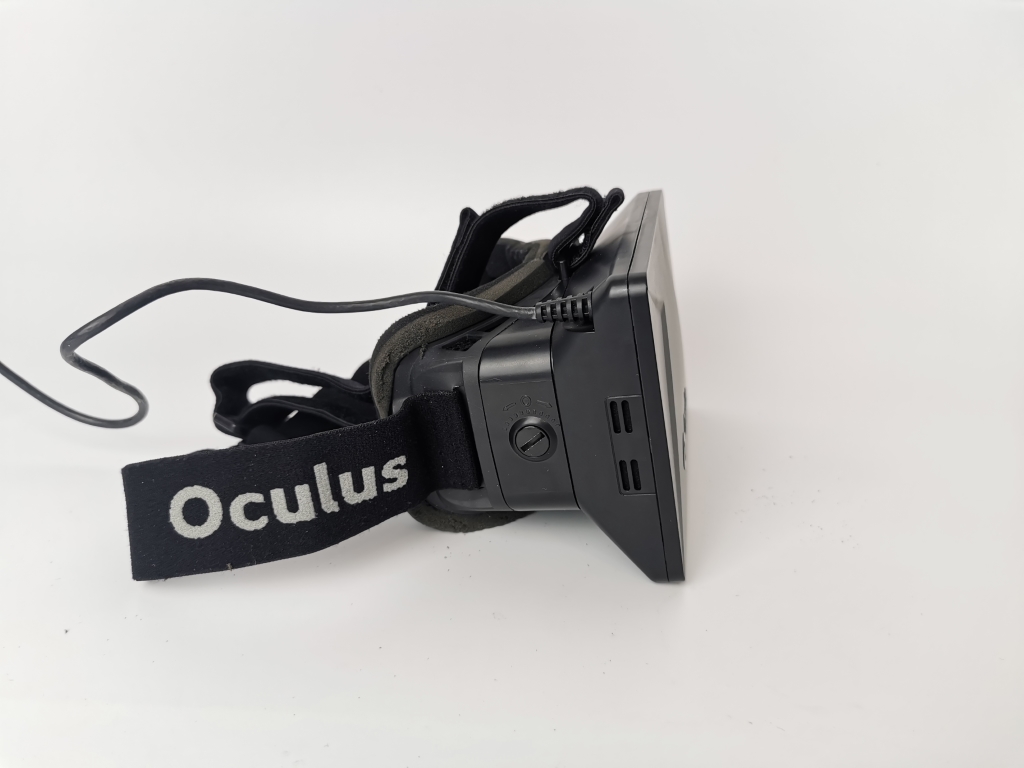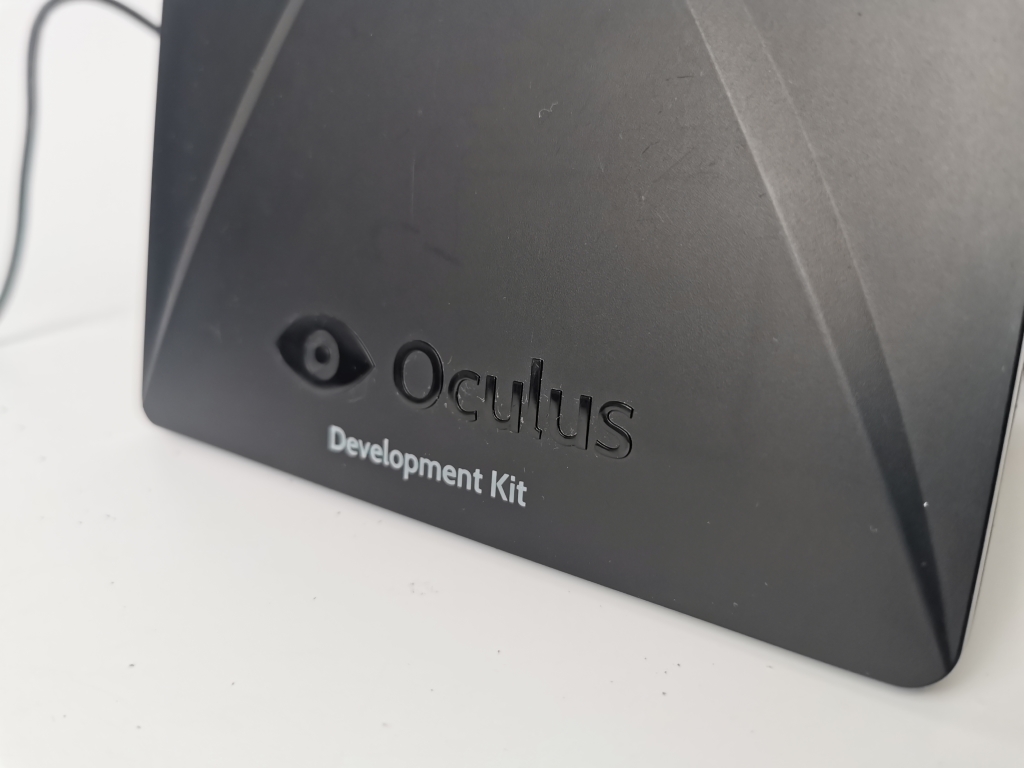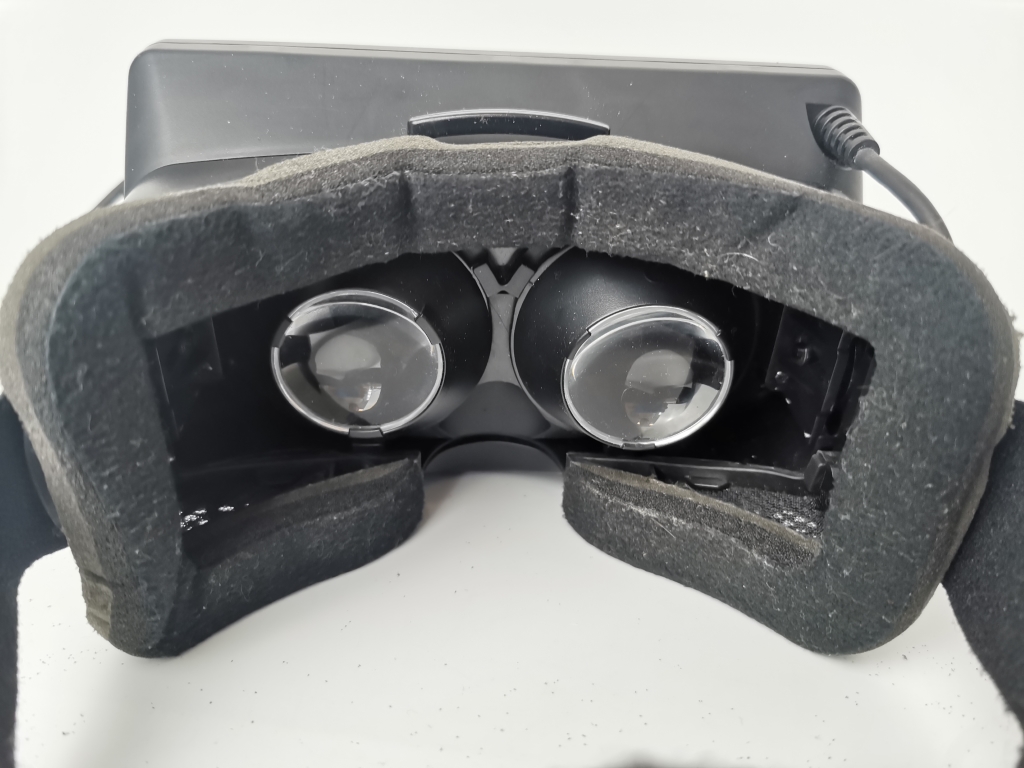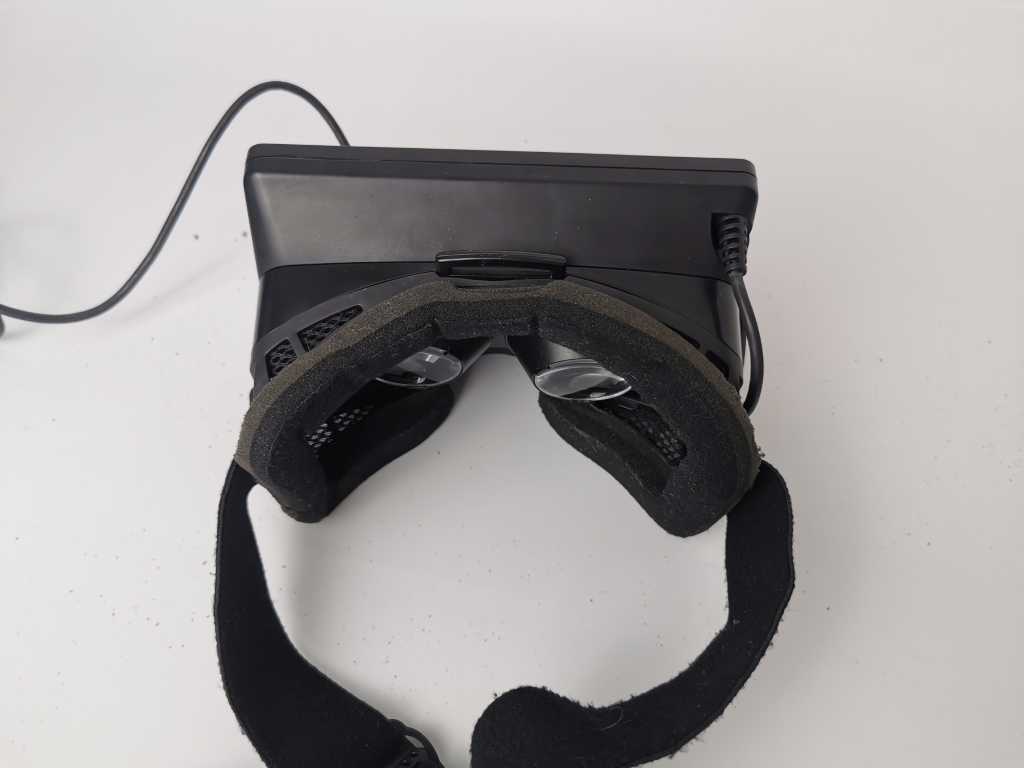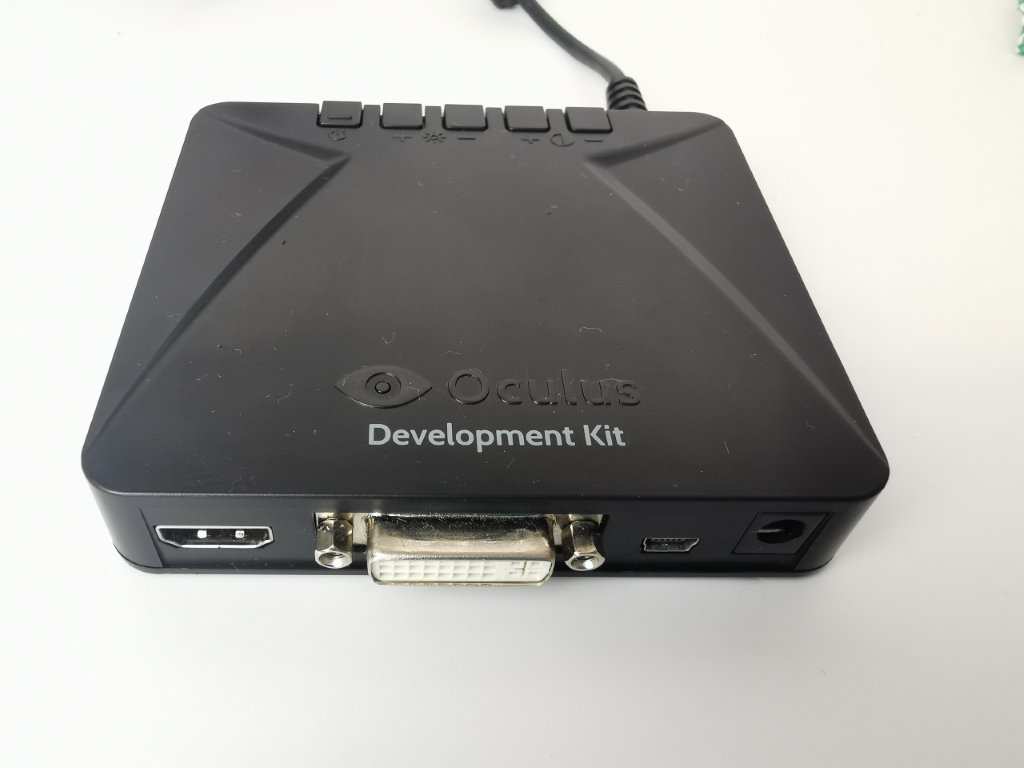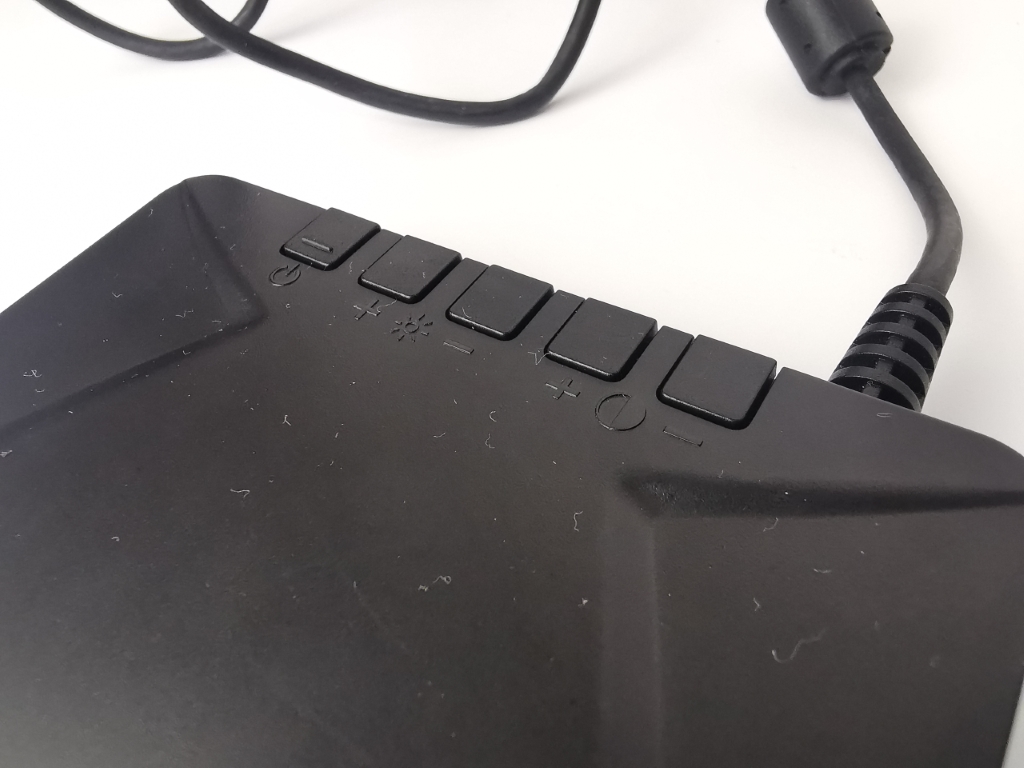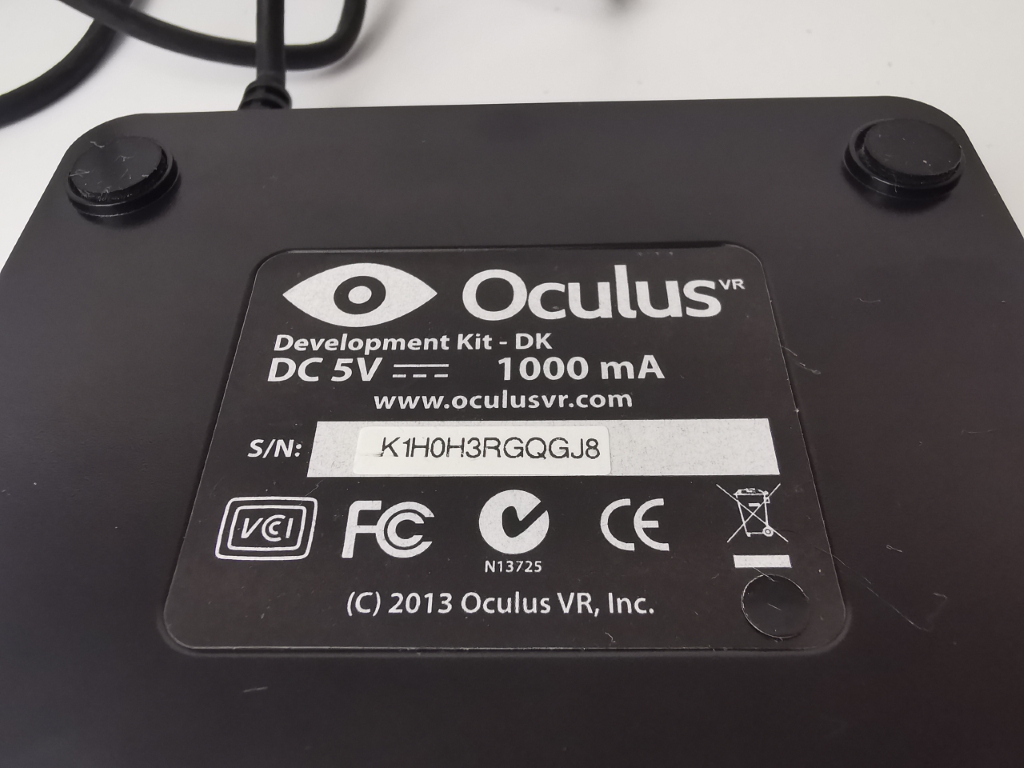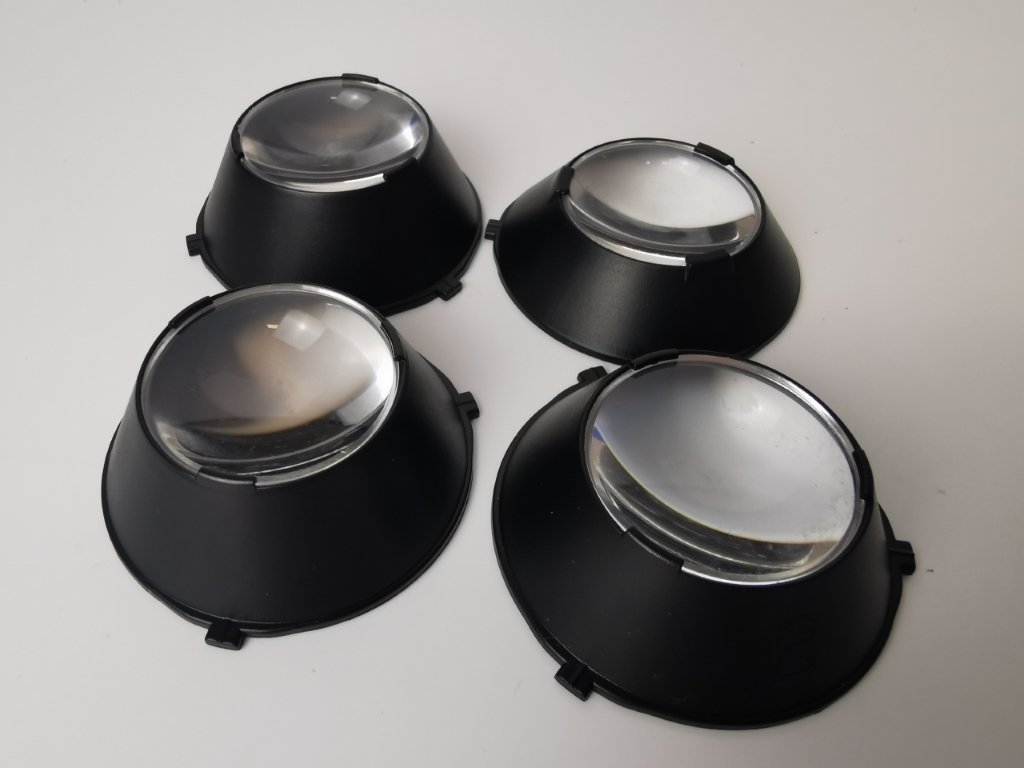The Oculus VR Development Kit or DK1 is the first version of Oculus Rift Virtual Reality head-mounted display released by Oculus VR. It was released in 2013 and was intended to be used by developers and hardcore VR enthusiasts to create VR content.
In 2012 Oculus initiated a Kickstarter campaign to fund the Rift’s development. The DK1 was given as a reward to backers who pledged $300 or more on Kickstarter. The project proved successful, raising almost US$2.5 million from around 10,000 contributors.
Oculus Rift DK1 tracks the rotational movement of your head with Gyroscope, Accelerometer and Magnetometer. It allows you to look around and become immersed in the virtual world.
Oculus Rift DK1 is a large, black, goggle-like device that is strapped across your eyes. There are cushions lining the sides of the goggles to give you comfort. The display of DK1 is a 7-inch (18 cm) RGB LCD screen with a colour depth of 24 bits per pixel.
The resolution is 1280×800 (16:10 aspect ratio), which leads to an effective of 640×800 per eye (4:5 aspect ratio). However, since the device does not feature a 100% overlap between the eyes, the combined horizontal resolution is effectively greater than 640. The field of view (FOV) is more than 90 degrees horizontal (110 degrees diagonal). The overall latency is about 50 to 60ms.
The DK1 comes with 3 different pairs of lenses along with the ability to adjust the focal lengths of the display.
In addition to the head-mounted display, DK1 has a brick-like device called the control box. User must connect the HMD to the control box before it can be hooked up to PC. Along with various I/O ports such as HDMI, DVI, Mini USB and DC connector, Control box allows the user to change the brightness and contrast of his or her display. The video input for the HMD is DVI. The control box changes PC’s HDMI output into DVI.
While DK1 offers a fairly immersive experience, it is not perfect. When using the device, motion blur is quite apparent. It also has pixelation due to low resolution and the appearance of looking through a screen door.
- VR/AR Virtual Reality
- Type: Head-mounted display
- Subtype: Discrete HMD
- Platform: Oculus Rift (Platform)
- Developer: Oculus VR
- Operating System: Windows, Mac, Linux
- Requires: PC
- Display: 7 inch LCD
- Resolution: 1280 x 800, 640 x 800 per eye
- Pixel Density: 215 PPI
- Refresh Rate: 60 Hz [1]
- Persistence: 3 ms
- Field of View: 110° (Nominal)
- Tracking: 3DOF
- Rotational Tracking: Gyroscope, Accelerometer, Magnetometer
- Positional Tracking: None
- Update Rate: Rotational: 1000 Hz
- Latency: Tracking: 2ms, End-to-end: 50-60ms
- Weight: .84 lbs (380g)
The Rift saw its commercial release in March 2016 with the Rift CV1, which was discontinued in March 2019 with the release of its successor, the Oculus Rift S
